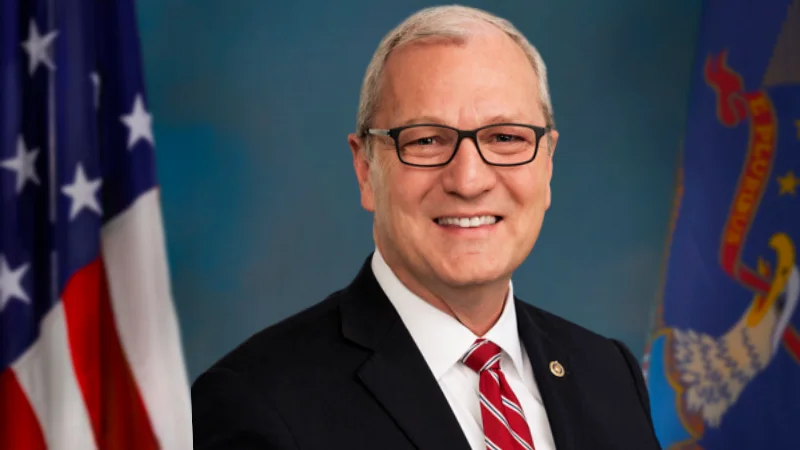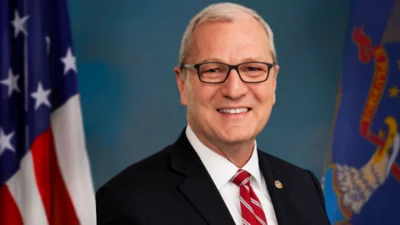Senator Kevin Cramer, US Senator for North Dakota | Senator Kevin Cramer Official website
Senator Kevin Cramer, US Senator for North Dakota | Senator Kevin Cramer Official website
North Dakota hosted the inaugural Versus UAS/Counter-UAS Symposium at Camp Grafton, organized by Anno.Ai and Dunlevy Consulting, to showcase the state’s progress in unmanned aerial systems (UAS), counter-drone technology, and national security readiness.
U.S. Senator Kevin Cramer (R-ND), chair of the Senate Armed Services Airland Subcommittee, addressed attendees during opening remarks. He emphasized North Dakota’s role in developing UAS and counter-UAS technologies, noting its significance for U.S. defense policy and international cooperation. He also discussed the need for infrastructure to support testing, training, and deployment of these technologies.
“The UAS threat is not new, but we are waking up to how significant the threat is and the absolute need to get ahead of it,” said Cramer. “North Dakota provides the best iteration and testing space in the country with lower levels of bureaucracy, wide open spaces, and a state government unafraid of putting money towards national defense technologies.”
Cramer referenced a 2024 drone attack on Erbil Air Base in Iraq by an Iran-affiliated group that injured three service members, including North Dakota native Garrett Illerbrunn. He highlighted this incident as evidence of the need for improved technological capabilities to address such threats before they occur.
“Thanks to everyone who had a part in putting this together, thanks to everyone who traveled here to present or to listen, and thanks to everyone who truly wants to advance counter-UAS so no American or ally is left defenseless like Garrett Illerbrunn,” Cramer added.
The symposium included live demonstrations of UAS and counter-UAS systems under realistic operational conditions. Brigadier General Mitch Johnson from the North Dakota National Guard gave an overview of how the state supports growing demand for UAS testing and technology transition infrastructure.
North Dakota has established itself as a leader in next-generation UAS development by combining support from institutions like the University of North Dakota’s Space Studies program with federal assets such as Grand Forks Air Force Base. The base plays a critical role in Intelligence, Surveillance, and Reconnaissance operations as well as supporting initiatives from agencies like the Space Development Agency.
Recent federal actions have increased focus on domestic airspace security. In June 2025, President Donald Trump signed an executive order titled “Restoring American Airspace Sovereignty,” directing multiple federal departments—including Homeland Security and Defense—to enhance counter-UAS capacities (https://www.whitehouse.gov/briefing-room/presidential-actions/2025/06/15/executive-order-restoring-american-airspace-sovereignty/). Additionally, in July 2025, the Department of Defense announced creation of a Joint Interagency Task Force for counter-UAS efforts led by the Army (https://www.defense.gov/News/Releases/Release-View/Article/1234567/dod-announces-joint-interagency-task-force-for-counter-uas-capabilities/) . Congress authorized over $1.3 billion for development and integration of these programs through recent legislation (https://www.congress.gov/bill/118th-congress/senate-bill/3456/text) , including more than $800 million allocated via the National Defense Authorization Act (https://armedservices.house.gov/news/documentsingle.aspx?DocumentID=11234).


 Alerts Sign-up
Alerts Sign-up